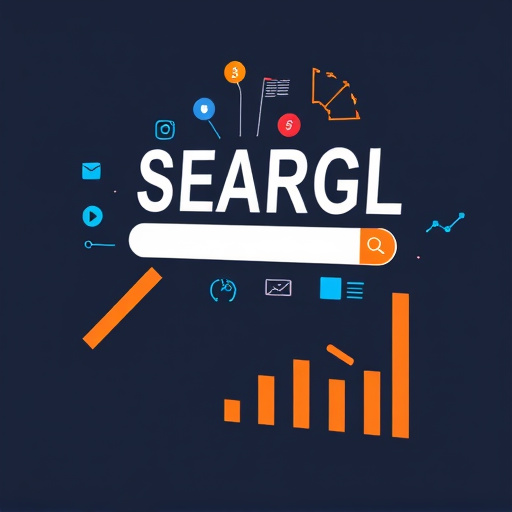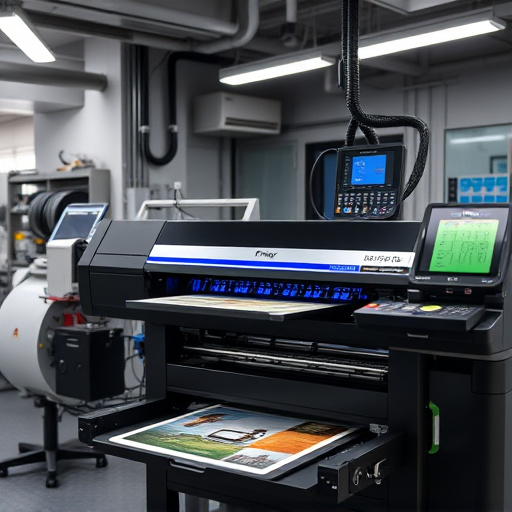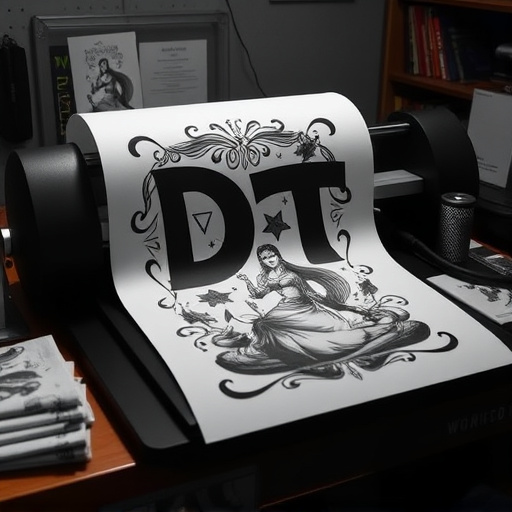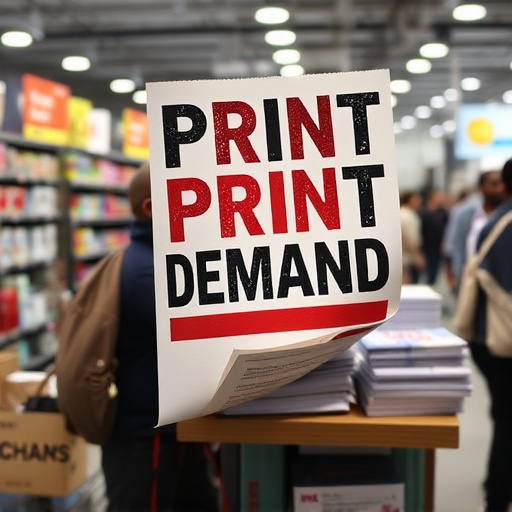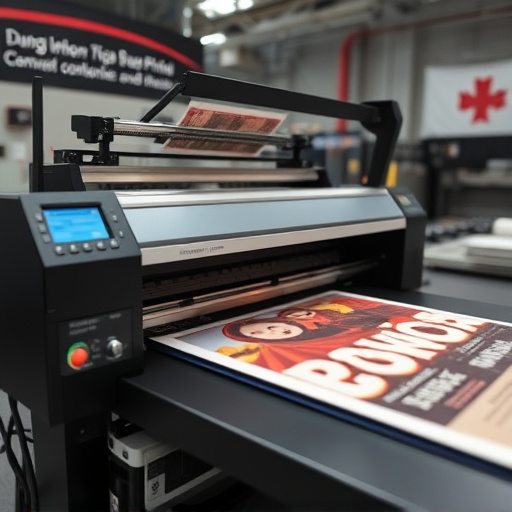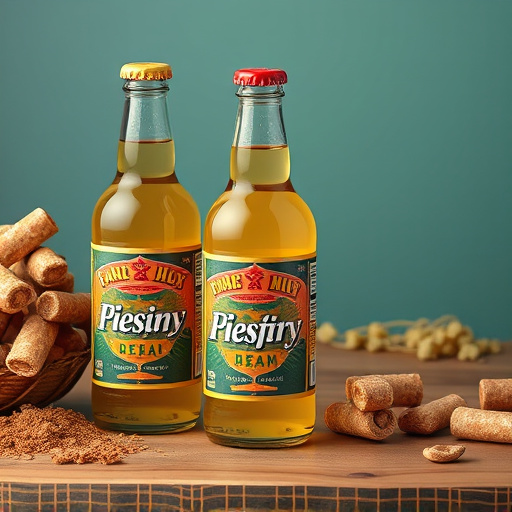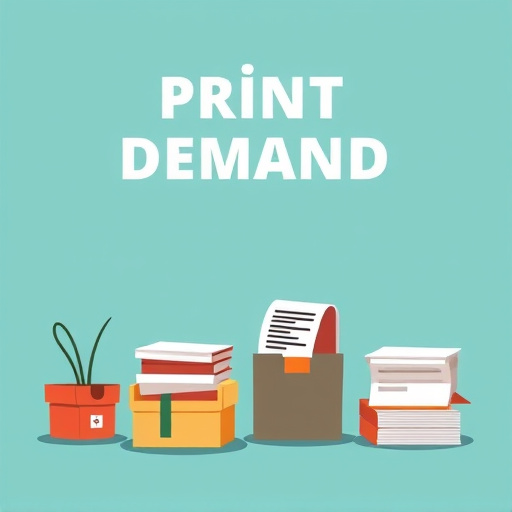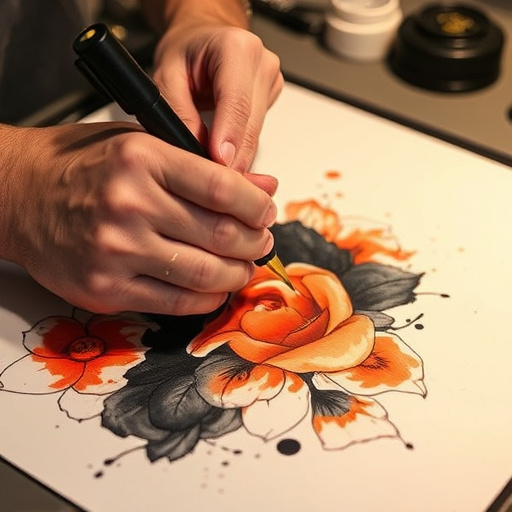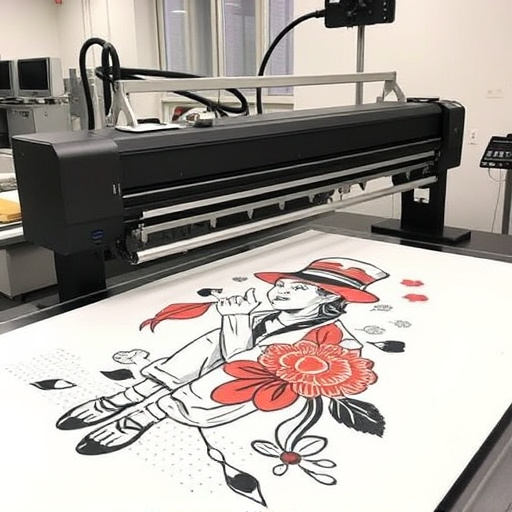Understanding DTF Cotton Printing Costs requires analyzing various factors like raw materials (fabric, ink, paper), labor, equipment maintenance, facility rental, utilities, and salaries. Businesses must optimize material expenses by considering fabric weight, ink intensity, film quality, and volume of production to set competitive prices and ensure profitability in custom apparel production. Exploring alternative transfer methods can further reduce costs.
“Unraveling the financial complexities of DTF cotton printing? This comprehensive guide offers a profound cost analysis, equipping businesses with indispensable insights. From deciphering the intricacies of DTF printing expenses to revealing effective strategies for budget optimization, we explore every facet. Dive into this article to understand material costs, identify savings opportunities, and master the art of managing your DTF cotton printing budget efficiently.”
- Understanding DTF Cotton Printing Costs
- Material Expenses: A Detailed Breakdown
- Optimizing Budget: Strategies for Cost Savings
Understanding DTF Cotton Printing Costs
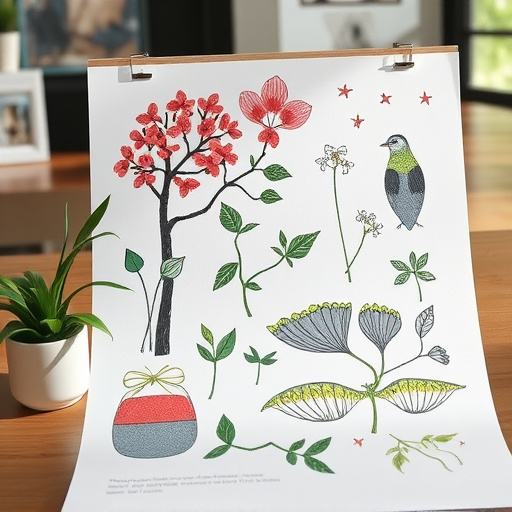
Understanding DTF Cotton Printing Costs involves delving into several key components that factor into the overall pricing structure. DTF (Direct to Fabric) printing for hoodies and other textiles has revolutionized custom apparel production by enabling intricate designs with vibrant colors on a variety of fabrics, including cotton. The cost analysis begins with the raw materials—the DTF transfer paper, ink, and fabric itself. Each component has its own price point, which can vary based on quality, brand, and quantity purchased.
Beyond material costs, the process includes labor expenses for setup, printing, and finishing, as well as equipment maintenance. Additionally, overhead charges such as facility rental, utility bills, and administrative staff salaries contribute to the overall cost of DTF printing. For businesses offering dtf transfer services, understanding these multifaceted expenses is crucial in setting competitive prices and ensuring profitability while maintaining high-quality output.
Material Expenses: A Detailed Breakdown
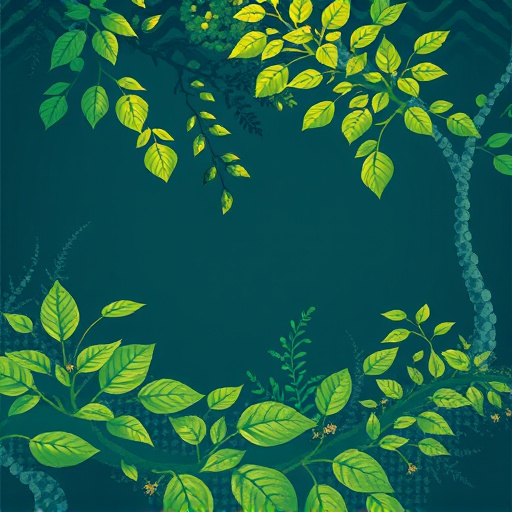
The expense of materials is a key component when evaluating the cost-effectiveness of DTF Cotton Printing. Each stage of the process requires specific materials, from the initial design files to the final printed fabric. Understanding the breakdown of material costs is essential for businesses looking to optimize their DTF printing operations.
For DTF cotton printing, core expenses include the cost of the fabric itself, ink, and film. The fabric, typically 100% cotton or a cotton blend, varies in price depending on weight, texture, and color. Ink costs can fluctuate based on color intensity, with vibrant colors often requiring more expensive formulations. Film for direct-to-film (DTF) printers is another critical component, with prices influenced by brand, quality, and size. Additionally, consumables like squeegees, printing plates, and cleaning solutions contribute to the overall material expenditure. When selecting a DTF printer, such as a best DTF printer, businesses should consider these material costs and evaluate how they align with their production volume and desired print quality (i.e. dtf prints).
Optimizing Budget: Strategies for Cost Savings
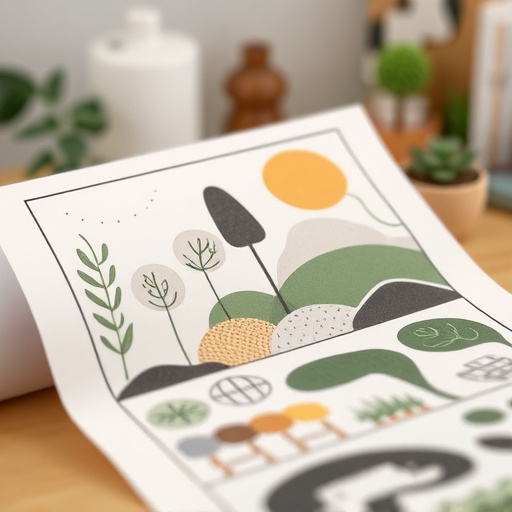
Optimizing your budget is a key strategy to reduce costs when it comes to DTF Cotton Printing. One effective approach is to focus on volume; higher quantities often lead to significant savings due to economies of scale. Many clothing brands can benefit from ordering in bulk, which not only lowers the cost per unit but also ensures a steady supply of printing materials. This strategy is especially advantageous for small and medium-sized enterprises looking to create custom apparel or promote their brand effectively.
Additionally, exploring alternative DTF transfer methods can offer substantial savings. While traditional DTF printing techniques are popular, newer technologies or variations might prove more cost-efficient. For instance, experimenting with different types of inks or adopting innovative application processes could reduce material waste and labor costs associated with DTF cotton printing.
DTF cotton printing offers a unique and cost-effective method for creating high-quality, custom textiles. By understanding the various components that contribute to the overall cost analysis, businesses and designers can make informed decisions to optimize their budgets. Through a strategic approach, focusing on material expenses, and implementing effective optimization strategies, it is possible to reduce costs without compromising quality in DTF cotton printing. This ensures that both small businesses and large enterprises can benefit from this versatile and vibrant printing technique.
